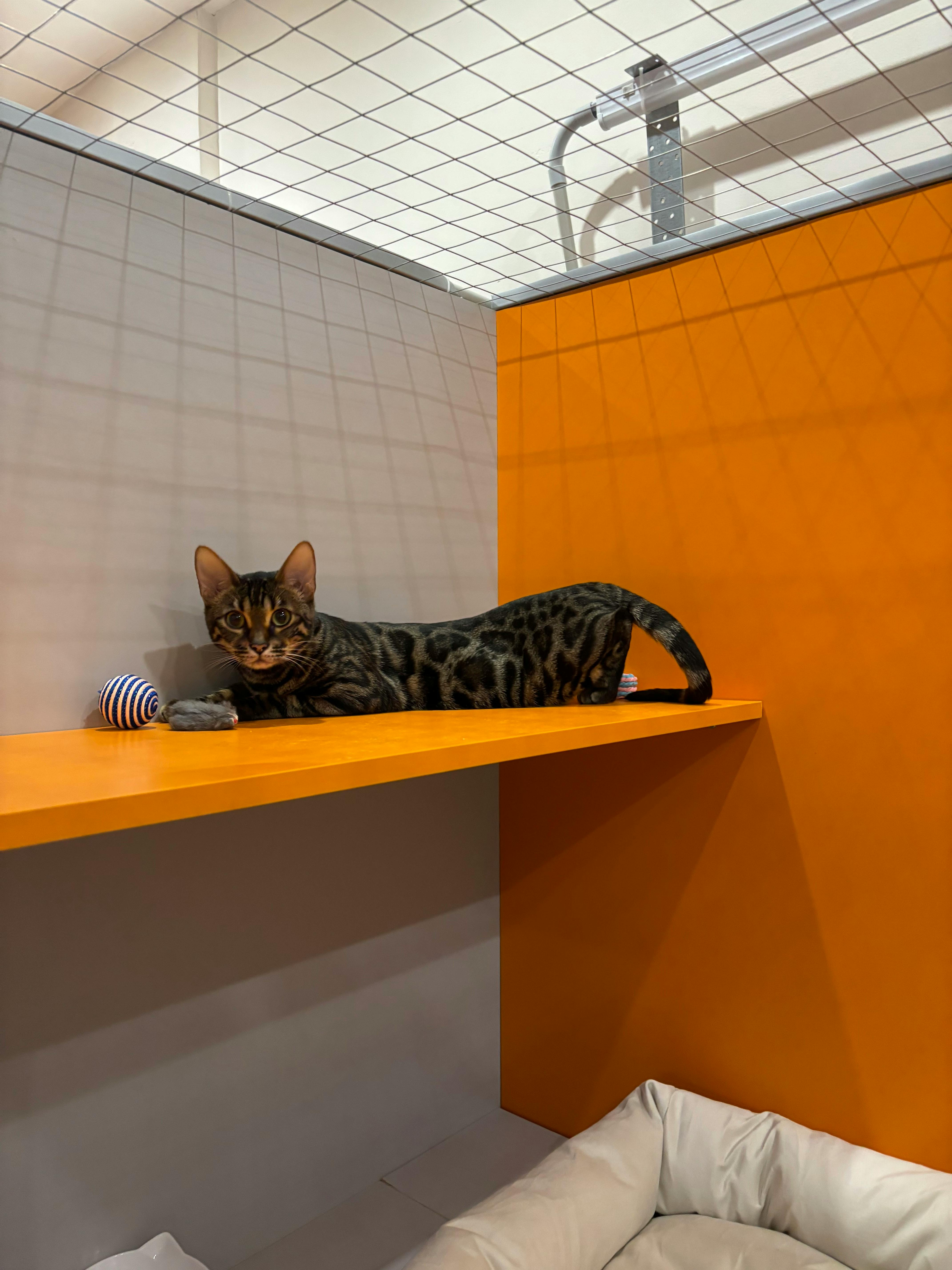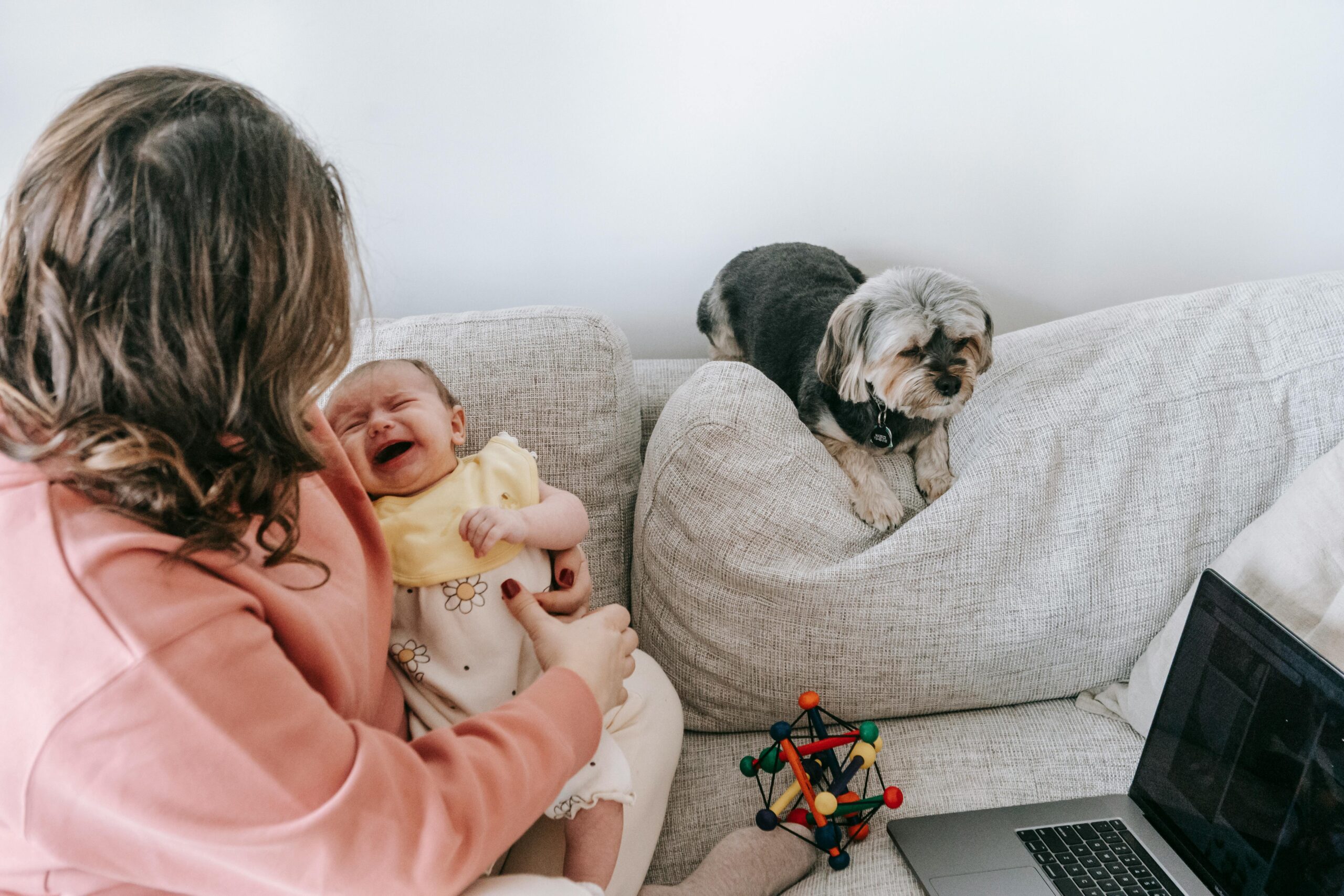Choosing the Right Pet Care Toy for Better Wellbeing
Keeping pets happy and healthy involves more than just feeding and grooming—it’s about mental stimulation and emotional connection. As pet ownership grows globally, understanding the role of a pet care toy becomes essential for responsible pet parenting. This article explores the fundamentals of pet care toys, how to use them effectively, and what to expect as trends evolve in this growing market.

Understanding the Fundamentals
A pet care toy is more than just entertainment—it’s a tool that supports physical, mental, and emotional health. From chew toys for puppies to puzzle games for cats, these items play a vital role in behavioral management and stress reduction.
Historically, pet toys were simple and functional. Today, innovation has introduced smart toys, interactive devices, and customizable designs, making them central to pet wellness strategies.
1.1 Mental Stimulation Through Play
Mental stimulation helps prevent boredom-related behaviors like chewing furniture or excessive barking. Toys such as puzzle feeders, treat-dispensing balls, and hide-and-seek plushies are excellent examples of enriching play.
According to the American Pet Products Association, pets with access to interactive toys exhibit fewer signs of anxiety and aggression. A pet care toy can truly transform behavior over time.
1.2 Physical Activity Matters
Unlike food or vet visits, toys actively encourage movement. Tug-of-war ropes for dogs or feather wands for cats can help burn calories and improve agility.
This is especially important for indoor pets who lack natural exercise opportunities. The right toy bridges the gap between comfort and cardio.
Practical Implementation Guide
Now that we understand what makes a pet care toy valuable, let’s explore how to integrate them into your pet’s daily life. Proper implementation leads to healthier habits, stronger bonding, and a happier pet overall.

2.1 Actionable Steps
- Assessment: Evaluate your pet’s breed, size, age, and temperament before choosing a toy.
- Selection: Choose from chew toys, interactive gadgets, or comfort plushies depending on their needs.
- Routine Integration: Introduce the toy during active periods and gradually include it in daily routines for consistency.
2.2 Overcoming Challenges
Common challenges include toy rejection, choking hazards, or lack of interest. Here’s how to handle them:
- Rotate toys weekly to keep engagement high
- Always supervise initial play to monitor safety
- Use treats or scents to increase attraction
Experts also suggest pairing new toys with familiar objects or scents to ease the transition. Watch for chewing wear or damage as a cue to replace items promptly.
Advanced Applications
For pet owners ready to take enrichment to the next level, advanced pet care toy strategies involve technology and training reinforcement. These options can address complex behaviors or provide medical benefits.

3.1 Smart Toys and Automation
Smart pet care toys connect to mobile apps, allowing remote play, meal dispensing, and performance tracking. Case studies show improvements in separation anxiety and obesity in dogs using these tools daily.
3.2 Training Reinforcement Tools
Combine toys with basic commands to reinforce obedience and reduce stress triggers. Products like clicker-toy combos or reward dispensers are designed for compatibility with training systems like positive reinforcement or crate routines.
Future Outlook
The pet industry is rapidly innovating. Expect to see AI-enhanced toys that adjust to mood, health-tracking devices embedded in balls, and even emotion-detecting sensors. Industry projections show a 12% annual growth in smart toy sales.
To prepare, keep an eye on emerging tech, consult veterinarians on toy safety, and consider early adoption if your pet has special needs. Staying informed ensures your approach evolves alongside your pet’s development.
Conclusion
Three key takeaways: First, a pet care toy supports emotional, physical, and mental well-being. Second, choosing the right toy depends on your pet’s unique traits. Third, implementation and innovation are equally important to long-term results.
Ready to level up your pet parenting? Choose a toy tailored to your pet’s personality and start incorporating it today. Your furry friend will thank you with healthier behavior and joyful play!
Frequently Asked Questions
- Q: What is a pet care toy? A pet care toy is any item designed to entertain, stimulate, or comfort pets while promoting overall health.
- Q: How do I start using toys with a new puppy? Begin with soft chew toys and transition to interactive puzzles over time to keep engagement levels high.
- Q: How much time should my pet spend playing? Most pets benefit from 30-60 minutes of toy interaction per day depending on their energy levels and age.
- Q: Are pet care toys expensive? Prices range from $5 to over $100. Factors include brand, materials, and technology used.
- Q: How do toys compare to training programs? Toys complement training but don’t replace structured behavioral programs. They provide day-to-day engagement.
- Q: Are smart toys difficult to use? Most smart toys are app-driven with intuitive setups, though some may require basic tech familiarity.
- Q: What toys are best for therapy animals? Soothing plush toys or textured items that calm the senses are ideal. They often double as training aids or comfort tools.
